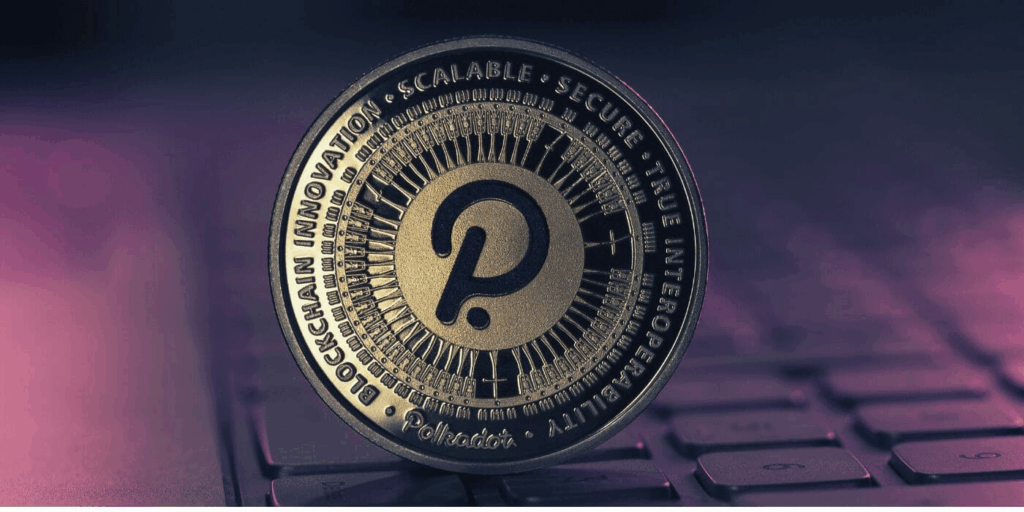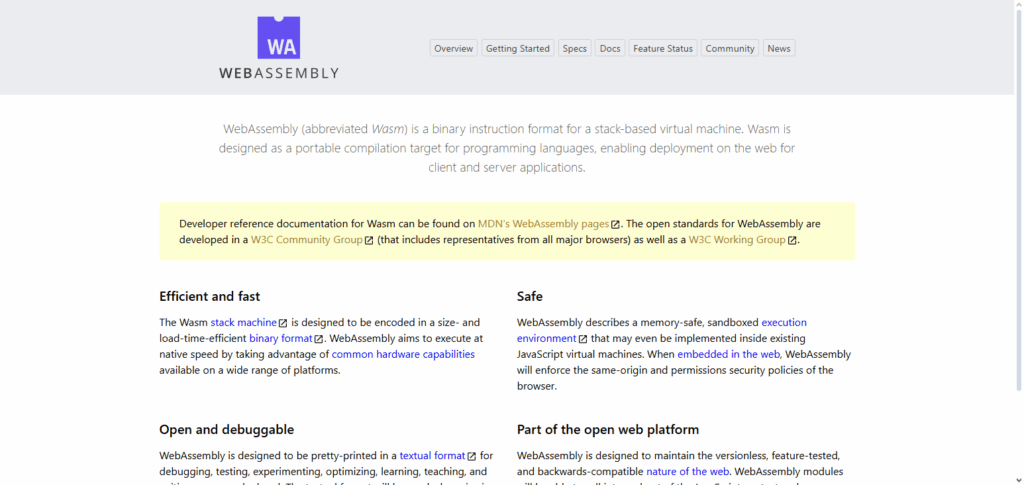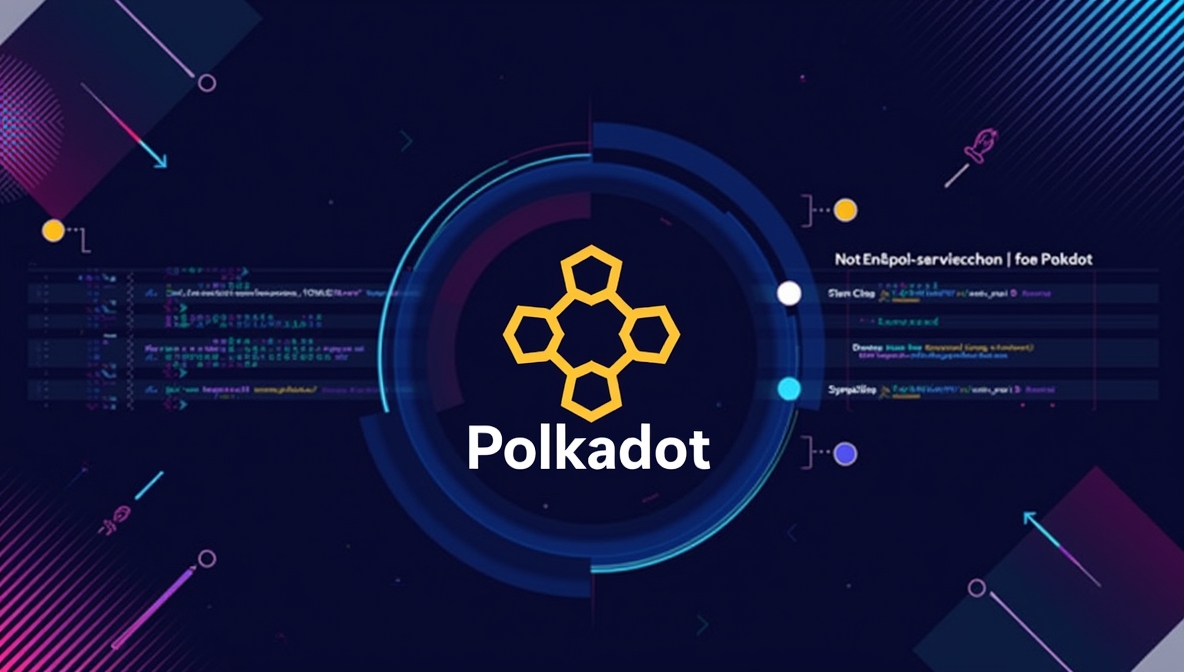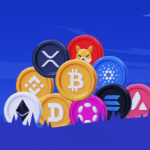In this article, I will discuss how to create a Polkadot Parachain Token. It aims to guide developers, and crypto enthusiasts alike, on the holistic approach to launching a parachain token.
- What is the Polkadot Parachain Token?
- How to Create a Polkadot Parachain Token
- Prepare Your Development Setup
- Work with the Substrate Framework
- Build your Parachain Logic
- Compile to Wasm
- Deploy the Parachain
- Set Up a Collator Node
- Test and Launch
- Key Concepts Before Creating a Token
- Managing and Using Your Parachain Token
- Tips and Best Practices
- Pros & Cons
- Conclusion
- FAQ
Functions such as the setting up of a Substrate, tokenomics, ensuring wallets, and other integrations will be elaborated to provide complete clarity.
What is the Polkadot Parachain Token?
A token for a Polkadot parachain is a different type of crypto asset that is issued and managed on a parachain of the Polkadot network. Unlike the tokens of independent blockchains, parachain tokens derive advantages from Polkadot’s security model, cross-chain functionality, and enhanced scalability.

Depending on a particular parachain’s architecture, these tokens can provide access to certain services, give governance rights, or even be pegged to fiat. Developers leveraging the Substrate framework, permit considerable customization of tokenomics on parachain tokens. These tokens are crucial for decentralised apps and a seamless multi-chain network.
How to Create a Polkadot Parachain Token

Prepare Your Development Setup
Start by downloading Rust and all the necessary tools to start development. Ensure Wasm (WebAssembly) support is activated, as it is required to deploy a parachain on Polkadot.

Work with the Substrate Framework
The Substrate Framework serves as a Parachain development toolkit. It features a flexible structure designed to facilitate the creation of unique blockchains. Create your first project by using the Substrate Node Template as your starting project.
Build your Parachain Logic
Construct a runtime which contains the rules governing the operation of your parachain and token. Substrate pallets have been created to assist in incorporating token functionalities such as transfers, staking and governance.
Compile to Wasm
After creating the Wasm runtime, you need to convert it to a Wasm file. This file is what gets deployed on the Polkadot network.
Deploy the Parachain
To deploy the parachain and have it operational, you will first have to win or bid on a parachain slot through an auction with DOT tokens or lease them. This process secures your parachain’s connection to Polkadot.
Set Up a Collator Node
The Collator nodes generate and submit new blocks for your parachain to the Polkadot relay chain. Proper configuration and upkeep of the collator helps maintain the parachain’s stability and security.
Test and Launch
To ensure parachain functionality and eliminate errors, detect and eliminate shortcomings while the parachain is on the testnet. Subsequently deploy on the Polkadot mainnet after the successful testing phase.
Key Concepts Before Creating a Token
Polkadot relay chain and parachains – Know the relay chain’s operational shared security, while parachains execute their specific logics and hosts custom tokens.
Substrate Framework – The modular blockchain framework employed to construct parachains and stipulate the rules, governance, and supply of the tokens.
DOT Utility – The native Polkadot token that performs blockchain staking, governance, and bonding for parachains to be connected.
Token standards – Familiarize yourself with Substrate-centered standards such as `pallet-assets’ and contract-based standards like ink! ERC20 equivalents.
Consensus and security – Ensure that your token makes use of Polkadot, its parachain slot and consensus for the token’s existing safety.
Cross-chain interoperable (XCMP) – Allows tokens to interact not just with other parachains, but also with other blockchains.
Governance and Upgradability – Determine whether the token supply, burning, and minting control will be centralized with the governance and community.
Managing and Using Your Parachain Token
Token Transfers – Let users seamlessly transfer assets between accounts inside your parachain.
Wallet Integration – Integrate with wallets such as Polkadot{.js}, Talisman, or SubWallet.
Exchange Listings – Strive to have your token available on centralized and/or decentralized exchanges.
Cross-Chain Usage – Enable tokens to transfer across parachains or external networks through XCMP or Bridges.
Governance Participation – Use tokens to vote, take ecosystem decisions, and put forward community proposals.
Utility & Incentives – Set token functions for fees, staking, rewards, and access to dApps.
Upgrades & Maintenance – Implement rational supply, and security policy changes to maintain long-term sustainability.
Tips and Best Practices
Start on Testnets – Token logic should be tested on a local testnet, or on the Rococo testnet before mainnet deployment.
Audit Your Code – Perform a security audit on the smart contract’s runtime pallets or on the smart contracts themselves.
Define Clear Tokenomics – Foster user trust with clear, transparent guidelines for inflation, supply, and utility rules.
Enable Metadata – Wallets can use the pallet-assets function to fill in the token’s symbol, name, and other relevant metadata.
Governance Planning – Determine whether control is centralized, DAO, or community governed.
Wallet Support – Conduct compliance testing with Polkadot{.js}, Talisman, and other wallets.
Scalability Preparation – Performance should be primed for the user growth that comes from a surge in adoption.
Community Engagement – Trust and awareness are built through ongoing dialogue and consistent communication.
Pros & Cons
| Pros | Cons |
|---|---|
| Built on Polkadot’s secure relay chain, ensuring strong security and reliability. | Requires technical expertise in Substrate and blockchain development. |
| Cross-chain interoperability (XCMP) allows tokens to move between parachains and ecosystems. | High initial cost for securing a parachain slot through auctions or crowdloans. |
| Customizable tokenomics and governance models to fit project needs. | Complexity in managing upgrades, governance, and community participation. |
| Access to Polkadot’s growing ecosystem of dApps, wallets, and exchanges. | Liquidity challenges if the token is not listed on major exchanges. |
| Faster transactions and scalability compared to standalone blockchains. | Risk of misconfiguration or security flaws during token deployment. |
Conclusion
The Polkadot ecosystem enables sealed innovation through the creation of Polkadot parachain tokens ─ security, interoperability, and scalability benefits are available. Through the Substrate and Polkadot parachain infrastructure, developers can create tokens as multi-chain utilities, governances, and assets.
While the benefits do outweigh the challenges, the process can be complicated and goes beyond technical skills. Define the economics, governance, and custodianship structure, and ballot the parachain to test the wallet. “Walk and talk” to the community ─ the success is in engagement and visibility. With the right strategy, parachain tokens can drive Web3 adoption and growth.
FAQ
Do I need coding knowledge to create a parachain token?
Yes, some technical knowledge of Substrate, Rust, and blockchain frameworks is required. However, pre-built templates and smart contract parachains (like ink!) can simplify the process.
How much does it cost to launch a token on Polkadot?
Costs vary depending on whether you deploy on your own parachain or use an existing one. Securing a parachain slot through auction requires DOT tokens, while using a smart contract parachain is cheaper.
Can parachain tokens be traded on exchanges?
Yes. Once created, parachain tokens can be integrated with wallets and listed on centralized or decentralized exchanges, depending on liquidity and compliance.








